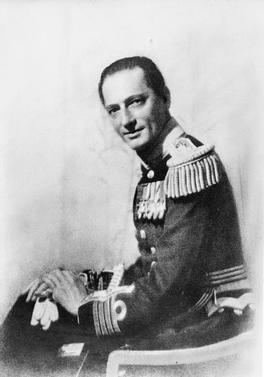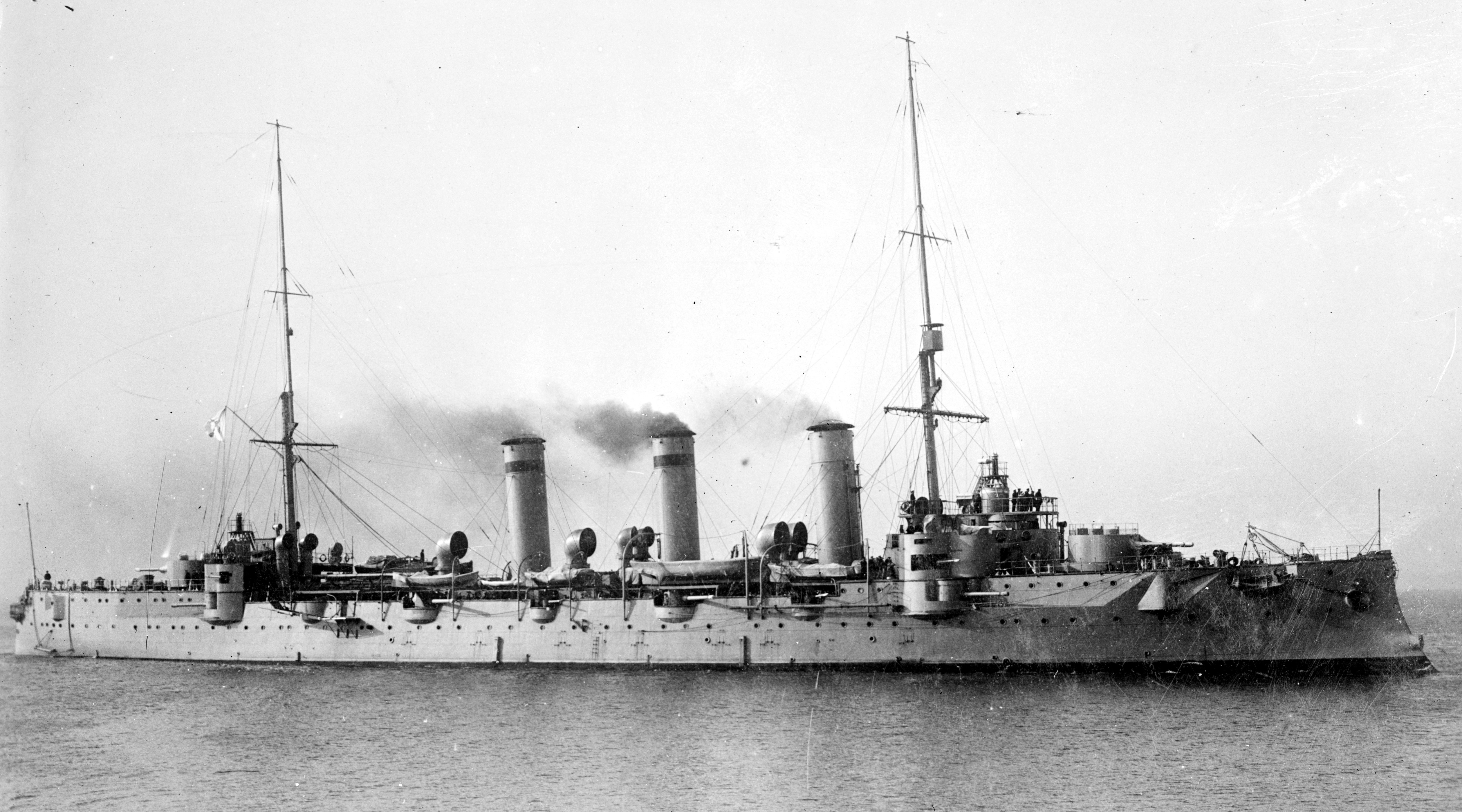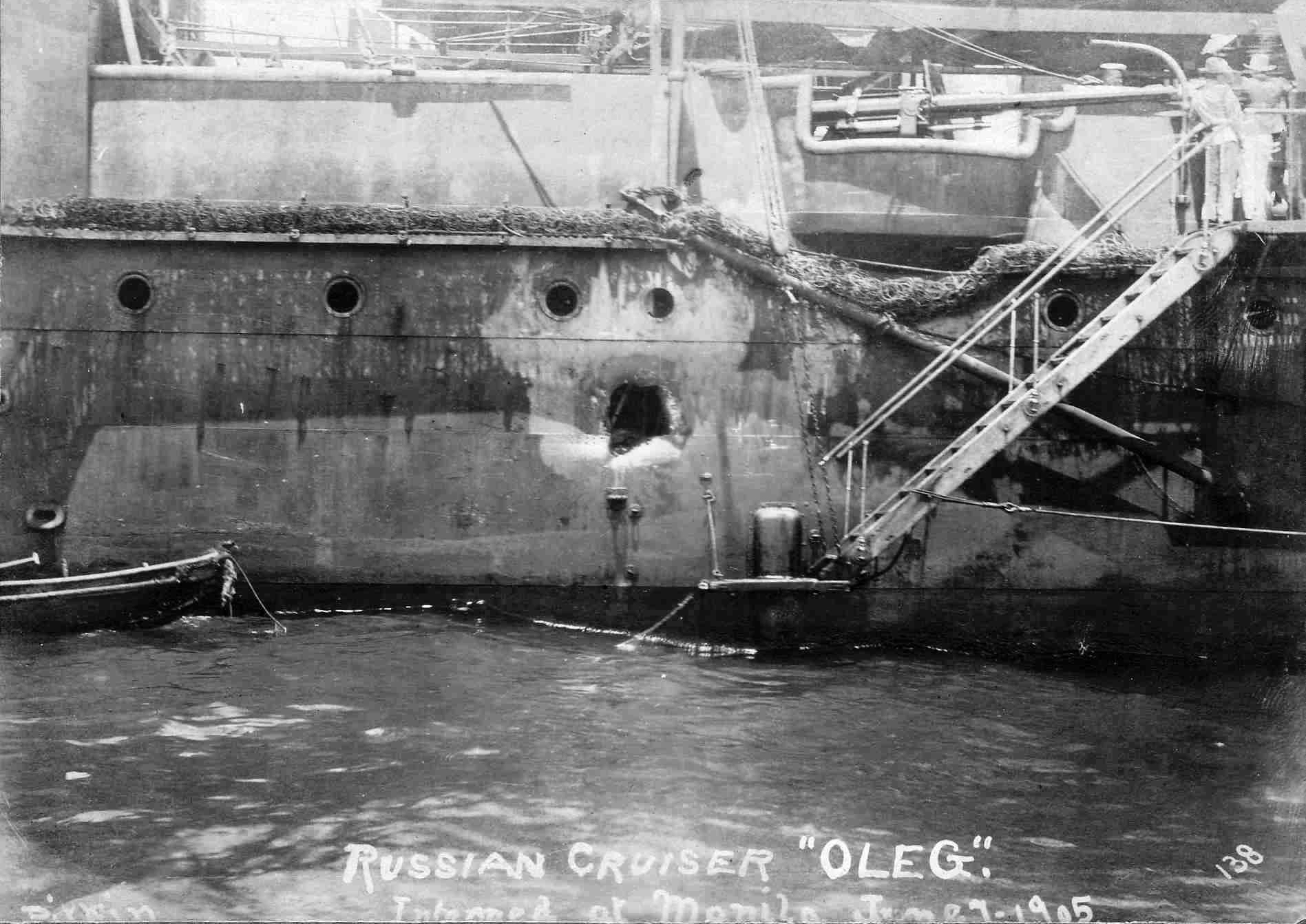From today Scott Wichall has volunteered his time free of charge for the daunting task of proof reader for these articles. So my Thanks to him.
On 4th of January, 1890, a plantation owner in Sri Lanka called John Agar was celebrating the birth of his 13th child.
The new born son was called Augustus Agar, and he would grow up to be one of the Royal Navy’s notable officers. Augustus' mother died shortly after he was born. Augustus was sent away to boarding school in Britain, but at the age of 12 his father died whilst he was in the UK. Now orphaned Augustus and his elder brother decided he should join the Royal Navy. Sponsored by a friend of the family Augustus joined the Royal Navy in 1904, and was sent as a cadet to an old wooden Man-of-war which was being used as a training ship.

His first taste of action was on a Pre-Dreadnought supporting the Gallipoli landings. After the failure of that campaign Agar's ship was back in the UK. None of the Royal Navy’s Pre-Dreadnoughts were ordered to join the grand fleet for the battle of Jutland, so Agar had to watch as the Fleet steamed out of harbour without him. He was then transferred to another Pre-Dreadnought cruiser as the Executive Officer. This cruiser was stationed in Murmansk to keep the sea lanes to Russia open. He arrived there in March 1917, as the Russian Revolution swung into life.
.jpg) |
| HMS Hibernia, Agar's ship during the Gallipoli landings |
 |
| HMS Iphigenia, Agar's ship at Murmansk |
A Russian protected cruiser called
Askold was based at Murmansk. Agar had served alongside her against the Turks and knew several of the officers. When the Ship was grasped by mutiny and the officers arrested he could do nothing to help. Equally he could see the supplies being delivered by the British were being used by the Bolsheviks as well. At the start of 1918 the Royal Navy withdrew from the Russian ports, and Agar transferred to Coastal Motor Boats (CMB's).
These were small 40 foot plywood shells, resembling a canoe. The CMB had a hydroplane and an aircraft engine to power it, due to this they could reach speeds of 45 knots. Each craft had three "cockpits" for the three man crew. Although they often had a Lewis gun fitted to them, the main armament was a single torpedo in a trough at the back of the boat. The torpedo was shoved out of its trough, tail first, by a cordite charge. The CMB then had to turn hard and fast to avoid being hit by its own torpedo. Agar served in these boats until the end of the war, even taking part in the Raid on Zeebrugge.
The end of the war found Agar and the CMB's at Osea in Essex, with nothing in the immediate future. Agar had by now reached the rank of Lieutenant.
The Secret Service approached Lt Agar. Their problem was a British spy, a master of disguise, was in Bolshevik controlled Russia. Although the Bolshevik secret police, the Cheka, were looking for him they couldn't catch him. They had however caught seven of his couriers who had been carrying vital intelligence. Each courier had died in a messy and unpleasant manner. The British Secret Service wanted Agar to take a pair of CMB's to the deserted yacht club at Terijoki on the gulf of Finland to act as transport for couriers, and later in the year pick up their spy. The CMB's would theoretically be entirely under the control of the Secret Service. The mission was considered extremely hazardous, and only unmarried volunteers were called for. The crews of the CMB's would wear plain clothes, although they did have Royal Navy uniforms on board in case of capture. This was a futile gesture considering the situation. Lt Agar agreed and set about preparing his crews and two boats CMB4 and CMB7.
When the crews and boats were shipped through Sweden, Swedish Customs started asking searching questions. As the crews were in plain clothes, they claimed the boats were the latest type of pleasure boat, and the crews were salesmen. It's a very good thing the Customs officials didn't open the boxes listed as spare parts, as those contained the Royal Navy uniforms and Lewis guns. It should be noted that the CMB's were not going to carry torpedoes although the launching gear was stored with the Lewis guns.

There is a line of forts protecting the Russian base of Kronstadt. On June the 15th 1919, shortly after Lt Agar had arrived there were plans by the forces in them to revolt against the Bolsheviks. These have often been referred to as White Russians, but this was not the case. The area had its own identity, the Ingermanlanders wanted nothing more than independence, like Estonia and the other countries in the region had gained from Russia. The forts, and some local forces were drawing up plans to mutiny and try to seize their chance. However the Commander of the fort Krasnaya Gorka came under suspicion, and a Commissar arrived to detain him. With no other choice the fort rebelled. The early rebellion destroyed any chance of a coordinated uprising, and ended the Ingermanlanders dreams of independence.
The Bolsheviks were quick to respond, dispatching a pair of battleships to bombard the fort. After an initial savage beating the bombardment had tailed off towards the end of morning. The barrage recommenced about 1100.
11 Miles away at Terijoki, Lt Agar and several others were watching these goings on from the church above their base. Knowing the Estonian army were forming an attack plan to help the forts Lt Agar wondered if blowing the destroyers up might give the forts defenders a breathing space, allowing the Estonians to launch their attack. After Lt Agar had travelled to see the Royal Navy’s Baltic Fleet and spoken to its Commander, he was given a pair of torpedoes.
 |
| Russian Cruiser Oleg |
On the morning of the 16th Lt Agar was once again on the Church tower. The two battleships had retired to Kronstadt but the heavy cruiser
Oleg had taken their place. That night he decided to carry out his mission. Both CMB7 and CMB4 set out just after midnight. Due to their northern position, darkness at that time of year was only a few hours long. Shortly after setting out CMB7 hit a submerged object and sheared its propeller and rudder off. CMB4 towed the stricken boat back to harbour but by the time it was secured it was 0400 and the short night was over.
The following night the
Oleg was still in position, so Lt Agar set out with the two other men of CMB4 to destroy the cruiser. A line of destroyers had formed a picket to protect the
Oleg, Lt Agar swung round the extreme end of the picket line. As he was preparing to launch his attack disaster struck, Sub-Lieutenant Hampsheir stumbled and fired the cordite charge that launched the torpedo. Luckily, however, the torpedo was still tied down for travel, so it failed to launch. It bucked and strained at its bindings as the engine raced. Chief Officer Beeley quickly tackled the torpedo and brought it back under control. Chief Officer Beeley also repaired the firing mechanism with nothing more than a pair of pliers.
The damage had been done though as someone had heard the cordite charge going off, and searchlights began to sweep the area. As they probed closer Lt Agar brought CMB4 to a halt so the glowing white wake wouldn't give their position away. There they drifted while the others attempted to re-arm and re-prime the torpedo as the search lights drew nearer to them. Less than a mile away to the North lay the first destroyer of the picket line. About the same distance away to the south was the Bolshevik coast and its forts.
After about 5 minutes Sub Officer Beeley gave Lt Agar the thumbs up. Peering into the darkness Lt Agar could just about make out the cliff like side of the
Oleg, ramming on full throttle he aimed CMB4 right down its throat.
 |
| Oleg, after suffering damage against the Japanese in 1905 |
At Lt Agar's signal the torpedo charge was fired for a second time, this time the torpedo launched without a hitch. By now the wake of CMB4 had been spotted and as Lt Agar swung round in a huge turn at full speed everything the Bolsheviks could bring to bear was fired at them. Tracer fire from machine guns sleeted past, explosions from HE shells showered the boat. Throwing the wheel left and right to throw the gunners aim off CMB4 drew a brilliant line through the water, Lt Agar swerved through the picket line charging between the destroyers who were closing in on him, and neither was more than 200 meters away.
Then a huge explosion lights the night behind CMB4, the
Oleg is illuminated, and a huge black cloud is blown out of the smoke stacks. When they arrive at Terijoki CMB4's crew are met by several people who were watching from the Church tower. It looks like the
Oleg had been hit in the magazine and had sunk! That the
Oleg had been sent to the bottom was confirmed the next day by an aircraft flying over the location of the ship.
That aircraft might also have seen the force of Bolshevik sailors assaulting the fortress of Krasnaya Gorka through the holes torn in its wall by the bombardment. Despite getting over run the defenders were able to use escape tunnels to retreat to Estonia.
CMB4 towed the damaged CMB7 to the RN Baltic fleet for repairs, as they entered the anchorage the decks of the ships were filled with cheering sailors. The crew of one destroyer held up a hand painted sign with the words "Giant Killers!" written on it.
Lt Agar turned to Beeley and said "So much for secrecy."
Lt Agar won the Victoria Cross for his actions, Sub Officer Beeley the Conspicuous Gallantry Medal and Sub-Lt Hampsheir a Distinguished Service Cross. CMB4 is currently on display at the Imperial War Museum Duxford.

.jpg)




